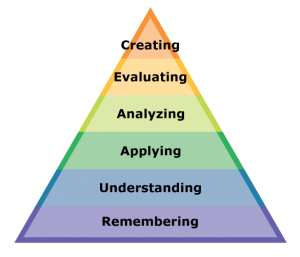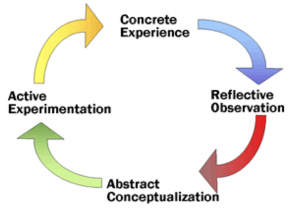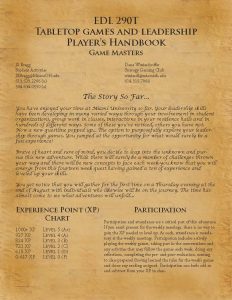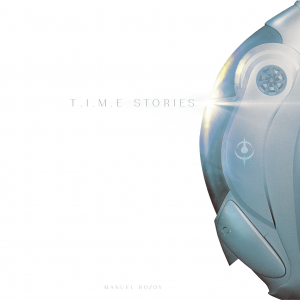We will be talking a bit about NASAGA over the course of this blog. NASAGA has had a tremendous impact on us (and our ideas and methods for creating the class as well as other aspects of our work.) So, I feel we should introduce what NASAGA is.
NASAGA is the North American Simulation and Gaming Association. From the website, “The North American Simulation and Gaming Association is THE home for trainers, teachers, and educators who use active learning methods to increase engagement, enhance retention, and improve performance.” When people hear I’m going to a “gaming conference” for professional development they frequently question whether I am attending a professional conference and whether it is worth the university’s money. After seeing the results of what I have produced after attending the conference those questions quickly vanish. I can also point people to NASAGA’s Why Use Games page to help explain why our approach works.
My first trip to NASAGA was in 2012. Part of the ability to attend was it was close-two hours away in Columbus. While there I not only met some fantastic people but also was rejuvenated and blown away by the ideas and approaches that were being taken for training and learning. I had previously attended another excellent conference roughly 20 times (NACA-the National Association for Campus Activities) which I enjoyed but rarely hit my particular learning style. Someone I had met through NACA suggested I consider NASAGA and it was amazing. I felt awkward at first attending a conference where I didn’t know anyone and knew little of what to expect but quickly was enveloped into the fold and made to feel like I was home.
I attended every session slot and all but one (where the technology didn’t work) were excellent. If you would like to see what I attended at the conference you can view the report on the sessions I attended I turned in when I returned to campus. Notice one of the sessions is “Mining for Gold: Discovering Board Games’ Principles for Learning.” Greg Koeser (Founder/Game Designer for Short Attention Span Games) and Scott Nicholson Professor of Game Design and Development at Wilfrid Laurier University in Brantford, Ontario presented a session about using board games to learn. While I did find a few games I eventually bought for personal use at that conference, I think it goes without saying this was one of the things that helped with the idea behind the class launching this fall. I was excited, energized and ready to make an impact with what I had learned.

Part of the final presentation at NASAGA 2012
I did make an impact from that first trip and had a desire to begin attending annually, but things stopped me both personally and professionally from returning (or doing as much as I had intended.) Part of that was a new supervisor who also didn’t understand the value I found in going to a conference for gaming. However, when it was again just a couple of hours away, I was able to go along with two others from Miami; Bethany, who has been wowing you with her blog entries on here and Aidyn, who may be eventually as he is possibly also teaching a section of this class in the spring. This semester we presented on the conference instead of writing a full report but I can tell you for all three of us NASAGA has revolutionized what we are doing in all aspects of our careers. Aidyn and I are working to create a number of breakout boxes/escape rooms with materials from Breakoutedu to use for training and team building. Bethany and I are creating this class. And that is just a couple of the things that have come from the conference. Trainings we have conducted, work with colleagues and our staffs-they have all been changed for the better by NASAGA. This fall Aidyn, Bethany and I will be returning as a trio to NASAGA…and this time it is not two hours away…it is in Reno, Nevada. (Side note-I’ve never been further west than St. Louis, so…adventure!)

The Miami Trio took NASAGA 2016 by storm.
This isn’t meant to sell you on attending NASAGA (although you should attend NASAGA-we hope to see you there!) This is to show you where we got a lot of the ideas and inspiration for what we do. Also to say take a risk. There are opportunities out there to revolutionize your work in ways you would never expect. NASAGA has twice done it for me and will be again this fall. Bethany and I are presenting on the class (more on that in a future blog) and Aidyn is presenting as well as helping plan part of the conference. Find those tools that help you do what you do better. We all did with NASAGA. Hopefully you find your way to do so also!








